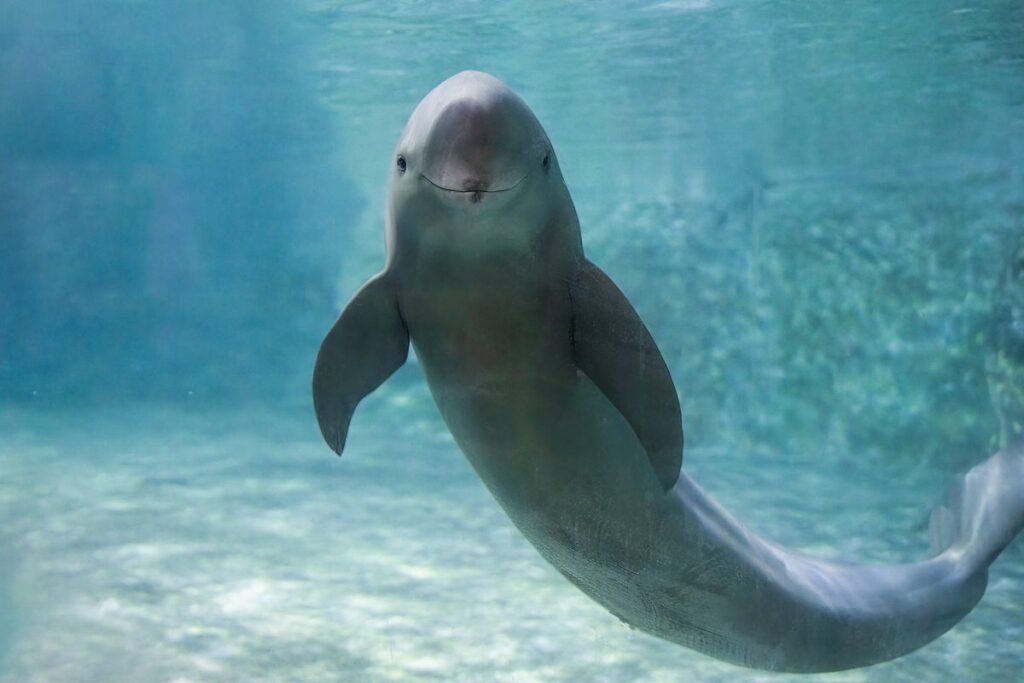Insights from Ancient Poetry on the Yangtze Finless Porpoise
By Gennaro Tomma | Edited by Andrea Thompson
The Yangtze finless porpoise (Neophocaena asiaeorientalis asiaeorientalis), a unique freshwater species, faces the threat of extinction. Recent research has turned to ancient Chinese poetry for clues about its historical habitat, revealing insights that are crucial for conservation efforts.
The Encounter of Emperor Qianlong
In the mid-18th century, Emperor Qianlong of China documented a striking experience while traveling along the Yangtze River. In a poem preserved in the Imperial Collection of Poems, he described porpoises dancing in the moonlight, showcasing not only their beauty but hinting at their once-thriving presence in the river’s ecosystem.
Utilizing Poetry for Conservation
Fast forward nearly three centuries, and scientists are now analyzing these ancient texts to trace the historical range of the Yangtze finless porpoise. With a population dwindling to approximately 1,250 individuals, researchers hope that these literary sources can provide crucial context regarding their habitat loss.
Yaoyao Zhang, an ecologist at the Institute of Hydrobiology at the Chinese Academy of Sciences, emphasized that historical data can help correlate species decline with various threats, such as habitat destruction and climate change.
Expansive Research Findings
A recent study published in Current Biology presents the discovery of 724 poems that reference the Yangtze finless porpoise, with half detailing their geographical occurrences. The findings indicate a dramatic 65% decline in their historical range over the last 1,400 years, with habitat loss accelerating in the past century. Specifically, evidence suggests a staggering 91% decrease in their presence in upstream tributaries and lakes.
Implications and Future Research Directions
This research highlights the effectiveness of historical texts, as noted by several scholars, including macroecologist Jens-Christian Svenning from Aarhus University. He remarked on the potential for similar methodologies to explore historical biodiversity loss across different contexts and species.
Moving forward, Zhang’s team plans to delve deeper into the collected poems to reconstruct not only the past locations of the porpoises but also to analyze historical group sizes and their behavioral patterns prior to their decline.


